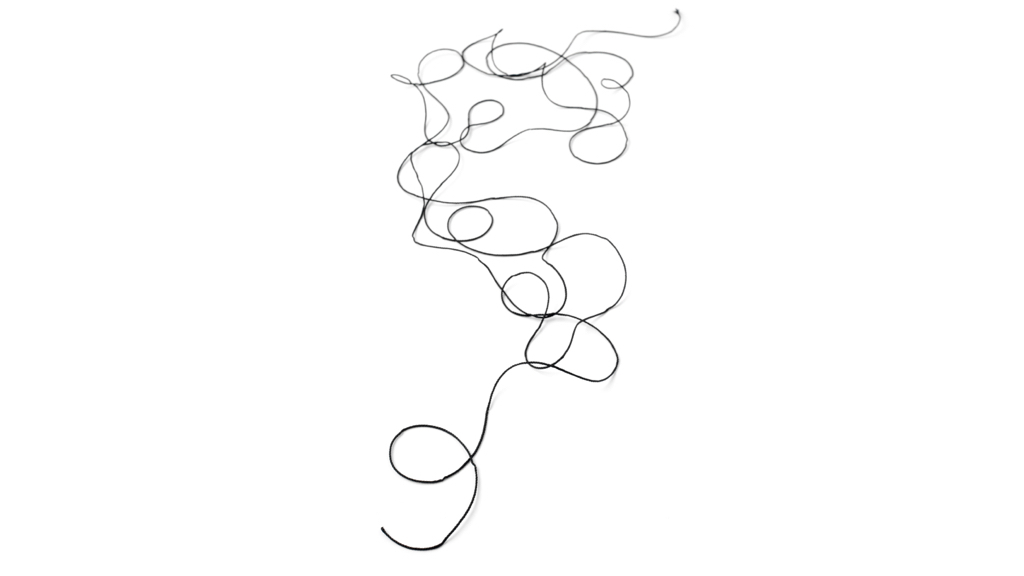Ms Zeigarnik and the loose ends
Datum: 2021-08-23 14:24

When we are speaking of having ”too much going on right now”, we are most often actually referring to all the loose ends we still have to tie up. These are half-finished projects, half-done improvement initiatives and ideas we have not yet fully implemented or realized.
We have the feeling of having the unfinished business hanging over us and it bothers us whenever we come to think of whatever it may be, especially when it comes to mind as we are in the middle of another task.
We end up feeling more stressed than we should need to and find it more difficult to focus on the tasks we are prioritizing at the moment.
Hard to let go of what we haven’t finished
In the mid 1920s, the Russian psychologist Bluma Zeigarnik discovered that people generally find it difficult to let go of unfulfilled goals (which in our context refers to the goal of completing the project, follow through on our improvement initiative, and realizing the idea).
We remain conscious of the unfinished tasks or goals, and they stay with us as loose ends. The phenomenon has since first discovered been referred to as the Zeigarnik Effect.
A plan can be enough
If we want our lives to be somewhat more quiet and comfortable, then we can make sure to take care of any loose ends, finishing and completing whatever is still not done, to at least get these tasks and goals off our conscience. Fortunately we do not have to finish them completely in order to be free of them, but experiments performed by E J Masicampo and Roy F Baumeister at Florida State University showed that if we make a plan of how to reach the set goal ahead of us (meaning, at least determine what our next step should be), then it becomes much easier to let go of it mentally and we will hence be less distracted when working on other things.
Let us therefore strive to come to a close, to finish off, to empty out and complete what has been left undone in as many areas of our lives as possible.
Do this
- Decide on one area, one loose end, which you want to in some way tie together and complete. This could for instance be:
- An unfinished task, which you have started working on but never completed.
- A pile of papers on your desk which you have been meaning to deal with.
- A larger task, for example a project or a change you have intended to implement, but which has been left hanging.
- Something you have been waiting for someone else to complete for a long time, and which you have reminded them of repeatedly.
- Today’s to-do-list, which you never seem to get to the bottom of and on which there always seems to be tasks left from yesterday.
- Something completely different.
- Now determine what you want to do with the loose end, if all options except for leaving it hanging are available to you.
- Could you remove it completely? If not having completed it hasn’t proven to be an issue thus far, perhaps it doesn’t need to be fully completed. If this is the case, then remove, erase, delete, wrinkle it up and throw it away. Get it out of your sight.
- Could you make a plan? Define the first step as a to-do-task, and follow the same procedure as you usually do when getting rid of ”sourdough”-tasks.
- Could you set aside time in your calendar when you complete it?
- Could you finish it now? Perhaps you actually do not have that much left to do, and are able to do this last bit right away, hence ridding yourself of another loose end.
- If you want to, start dealing with the next loose end.
Ease your burden
If you tie up your loose ends and make a decision on each and every one of them, your perception of your workload will change and you will perceive it as being lighter. It will become easier to concentrate on the task ahead of you instead of continuously being distracted by things you have not yet finished and which you keep being reminded of.
What is your way?
How, when and with what have you experienced the pure delight of finishing and completing something? Tell me!




